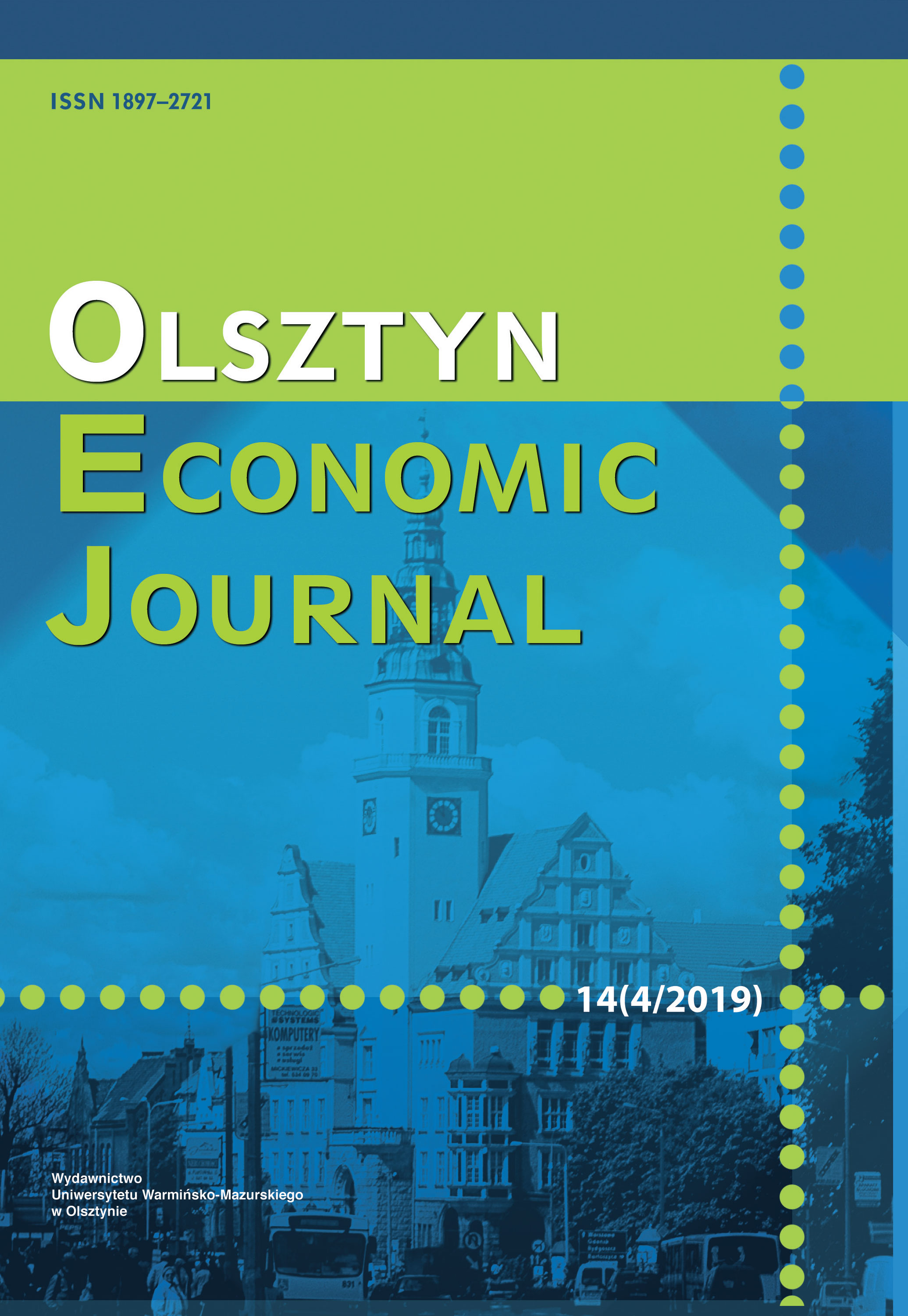Selected Characteristics of Slovak Households as a Source of Information Concerning Labour Supply
Selected Characteristics of Slovak Households as a Source of Information Concerning Labour Supply
Author(s): Marián Kika, Luboslava KubisovaSubject(s): Business Economy / Management
Published by: Wydawnictwo Uniwersytetu Warmińsko-Mazurskiego w Olsztynie
Keywords: paid work, household strategies; labour supply; Slovak household
Summary/Abstract: The purpose of the paper is to provide specific information on the labour supply in Slovakia based on the analysis of data collected from Slovak households. In line with the human capital theory, we consider households as essential in both shaping and providing the labour supply. The subject of the research survey were Slovak households and their members comprising a representative sample of the Slovak population with respect to the size, type and regional distribution of households as well as the age of their adult members. The sample consisted of 1,753 households and 4,855 household members as respondents. We looked at their willingness to make various choices in order to get a job and retain it as well as their family or household life strategies to maintain a work-life balance in view of their attitudes to sharing the family responsibilities. We used nonparametric statistical tests to establish the order of preferences for respective issues and the Spearman coefficient to find out the statistically significant relation between the age of the respondents and the choices they are most likely to prefer. The results have shown that age is a decisive factor in the responses to several of the questions, which is important to take into consideration as most of the labour demand in the following years will be created by the loss of older workers due to retirement or other reasons. This means that employers need to be prepared for a generational change and may be motivated to consider age management as one of their strategies to deal with the predicted labour shortage.
Journal: Olsztyn Economic Journal
- Issue Year: 14/2019
- Issue No: 4
- Page Range: 345-356
- Page Count: 12
- Language: English

